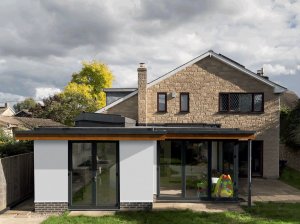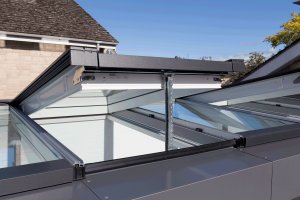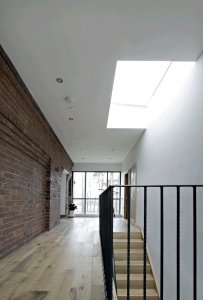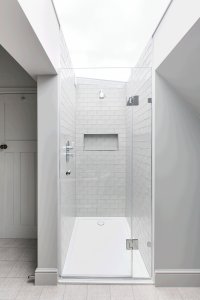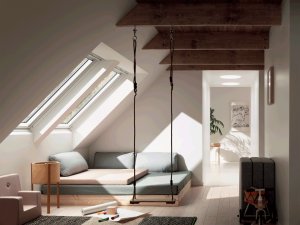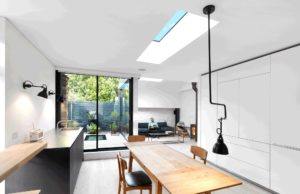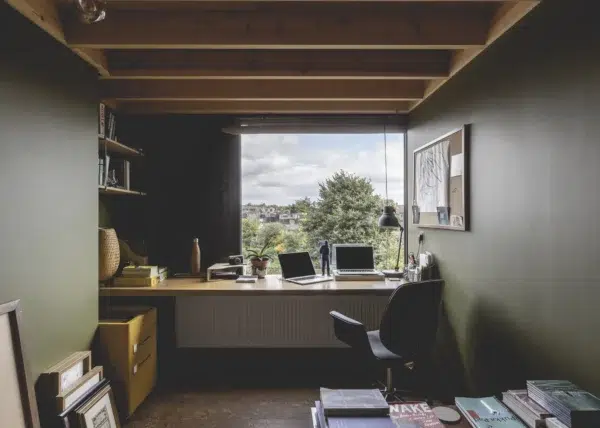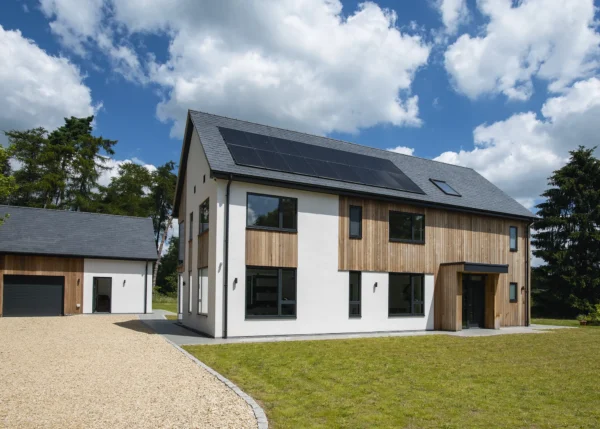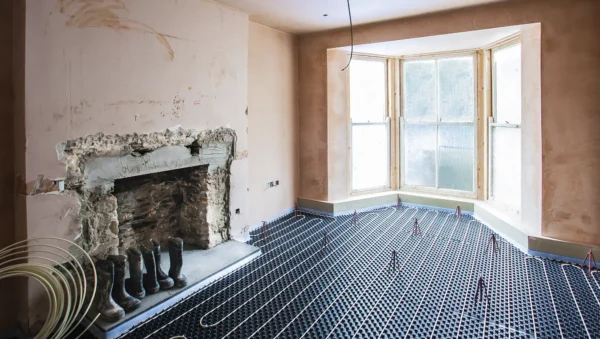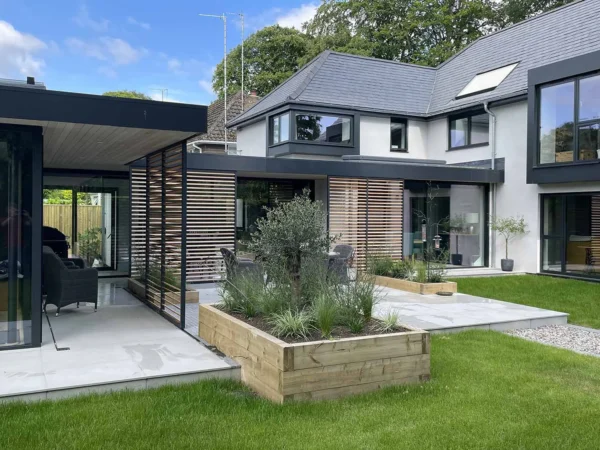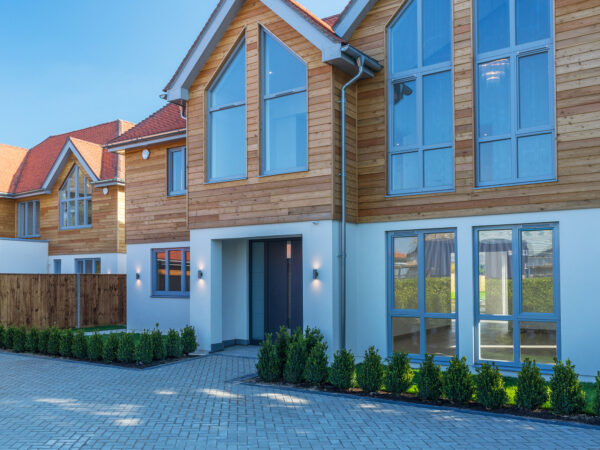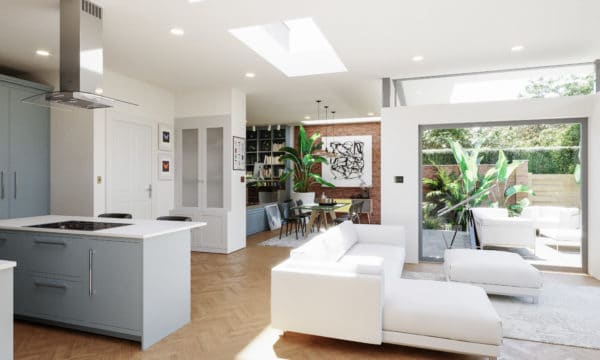Renovation Guide: Transform your Home with Rooflights
If quality of space is just as important to you as quantity, then there are few features you’ll prize more highly than a rooflight.
Think of them not just as practical problem-solvers for making extensions brighter and lofts habitable, but as a way of bringing a certain magic to a house: overhead daylight can be highly dramatic, while upward views of the sky can be deeply peaceful.
“Nowadays rooflights are available in more styles and configurations than ever before, and they have become an integral part of hundreds of striking self-build and renovation schemes, mainly due to the versatility of the product,” says Roof Maker’s CEO Paul Mildenstein.
“When incorporating rooflights into renovation projects, you need to consider whether they need to complement the existing building, or if they can they stand out from any original features,” he continues.
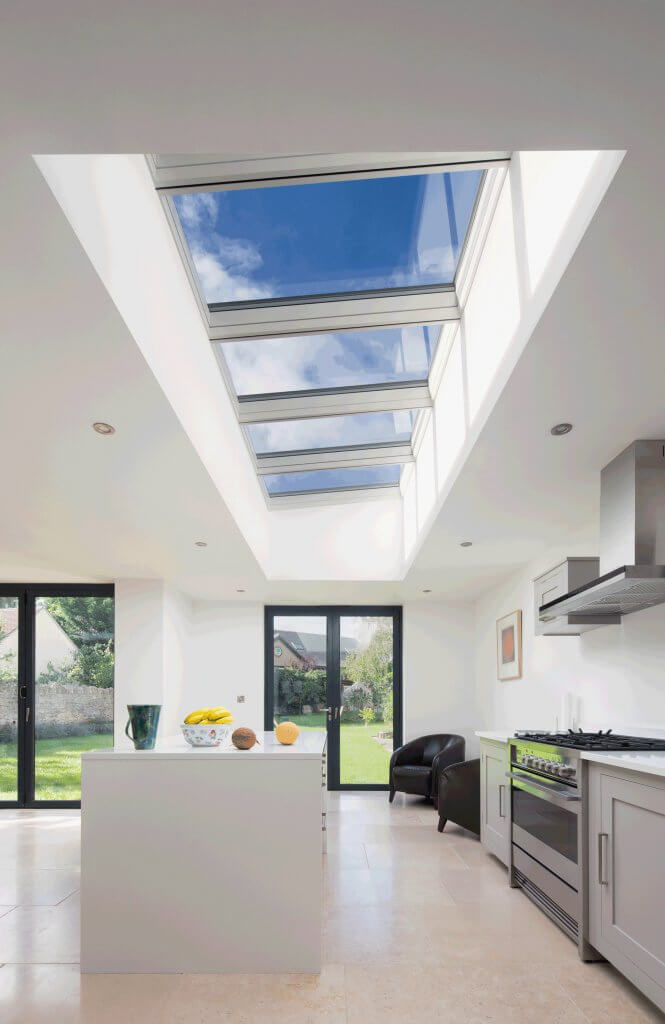
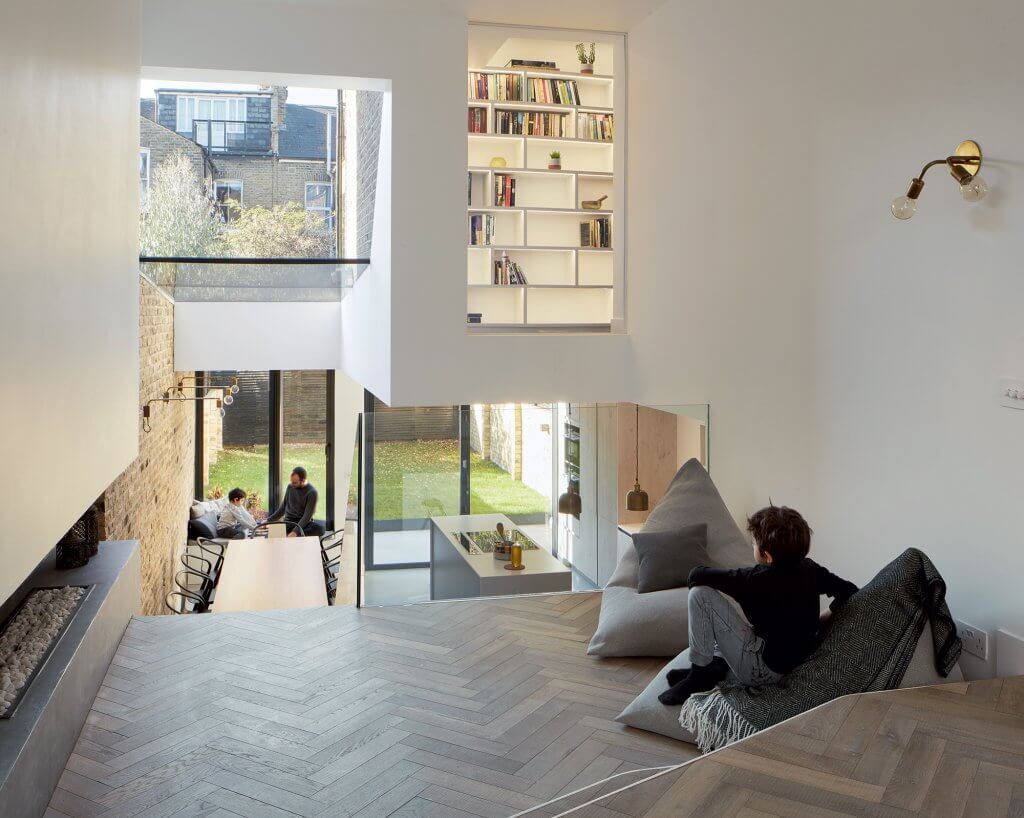
Many extensions favour using contrasting materials to the existing house, opening up the possibility for a crisp modern look, but you may want to create a traditional conservatory or orangery, where the roof lantern will be the key decorative focus of the design.
If your project also includes an upgrade of existing windows and the addition of further glass, such as glazed doors, pick a company that can specify all these products within the same range, to give a sense of uniformity.
Extensions
Particularly in larger additions, rooflights are vital for letting in some daylight towards the centre of the building – even if there’s floor-to-ceiling glazing facing the garden, it can still feel gloomy a few metres back.
Overhead glass can also create well-defined zones within open-plan spaces, whether it sits above a dining table or runs the length of a kitchen island. A slim strip of rooflights located between the extension and the house can also work as an effective boundary marker connecting old and new.
“Rooflights have become particularly popular because creating ‘skyroom’ extensions (a space with solid walls and overhead glazing) instead of fitting conservatories has become the new big trend,” says Tom Ellis from Yes Glazing.
He’s also seeing demand rise for a more frameless look, with thinner sightlines, for example used to cover a side return: “Multiple panel rooflights bonded together create a very clean look with maximum light influx.”
Lofts
“Rooflights and roof windows really come into their own in converted lofts, fulfilling the potential of poky attic spaces by transforming them into beautiful living quarters,” says Richard Holland, Travis Perkins’ windows and doors category manager.
“The angle that rooflights are generally placed at means that you’ll capture hours of sunlight throughout the day, and natural brightness also adds to the illusion of space. They come with the added benefit of providing peaceful rooftop views, fresh air and much-needed ventilation to rooms that are generally warm and humid during the summer months.”
Browse the gallery for more rooflight design ideas:
There are many window sizes and configurations available for pitched roofs. Openable units – either centre-pivot or top-hung – can be installed with fixed panes at lower levels, for improved views and more daylight.
These more common arrangements have been joined by clever products that really open up the loft to the outside, such as Fakro’s balcony window, which has slide-out barriers on the lower sash to create a space you can walk into.
There’s a trend among architects to separate out the ventilation function of a loft window, combining a large fixed pane with a separate openable hatch that lets in the fresh air.
Depending on the head room in the loft conversion, you may be able to do something quite special in an ensuite bathroom. With a flat or gently sloping roof, a rooflight can be placed directly over the shower or bath, allowing you to bathe under the sky and stars in blissful privacy.
Other benefits
If you have some roof space sitting directly above the stairs, adding a rooflight here can make a dramatic feature of the entire staircase void. Combined with open treads and glass balustrades, this can be a very hardworking glazing element, flooding daylight through multiple storeys.
Basement conversions and extensions can heavily benefit from reinforced, walk-over glass that brings light to areas where there is little or no upright glazing. This can be placed outside – directly next to the house, to cover a lightwell, or sitting in the middle of the garden if the basement extends that far – as well as internally.
Product options
For flat roofs, the basic options are a flat pane, or a three-dimensional pyramid/lantern – either fixed or openable. “Opening rooflights are ideal for warm rooms, like kitchens and bathrooms, where they can also help to remove steam and cooking smells,” says Roof Maker’s Paul Mildenstein.
“We have two opening mechanisms available: hinged or sliding. Both are chain-actuated and operated via remote control, allowing either full or partial opening. For added peace of mind, these rooflights feature a sensor that will close the unit should it start to rain.”
Although flat overhead glazing should be installed with a slight fall to drain away rainwater, you may want to upgrade to self-cleaning glass to keep it sparkling; Velux also recently introduced a curved rooflight, which gives better run-off than a flat product. As well as self-cleaning coatings, there are many options for glazing to change the appearance or boost the performance.
Examples include triple-glazing for superior insulation and noise reduction; obscured glass if there are privacy issues; and solar-control products mitigating heat build-up inside.
The current trend is towards presenting as little framing as possible, which is why light, strong aluminium is a popular choice. Black, white and grey frames are the standard finishes, although some manufacturers can offer any RAL colour, giving you the chance to turn
a rooflight into more of a decorative design feature.
Roof lanterns are also an essential component of a traditional conservatory or orangery, whether in aluminium, timber or PVCu. They too can take centre stage from a design point of view, with thicker frames and decorative finials to add character, whatever style of house.
Top image: Rooflights ensure plenty of natural light floods this open-plan living space. Scheme by Threefold Architects




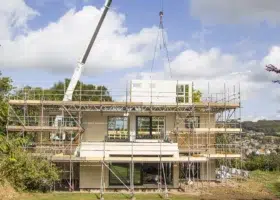
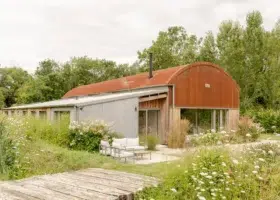
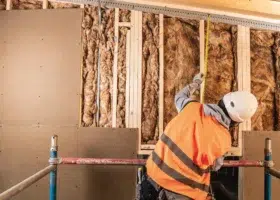
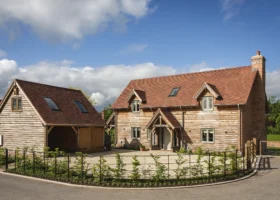


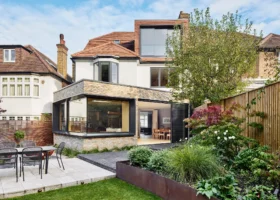
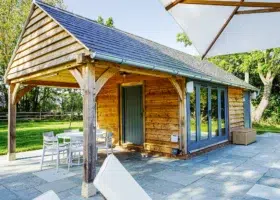
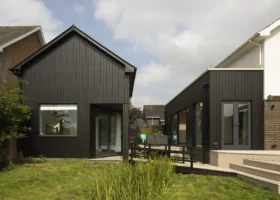
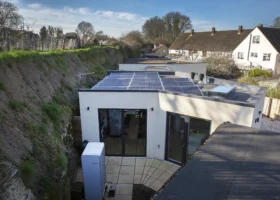




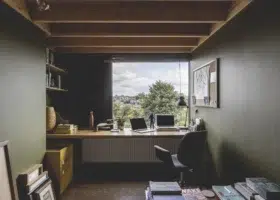

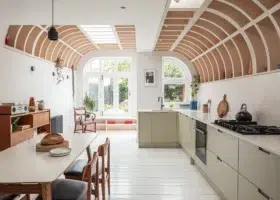
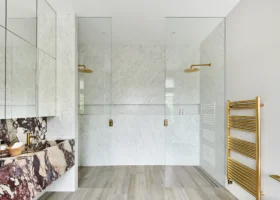
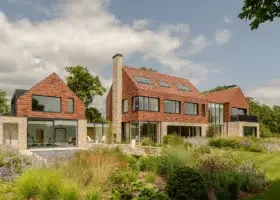
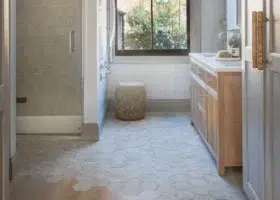

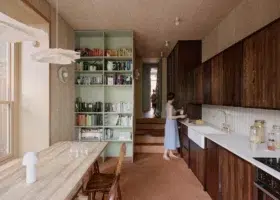












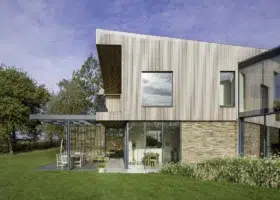


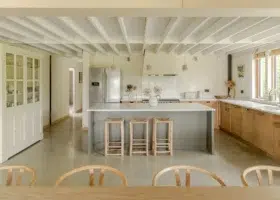



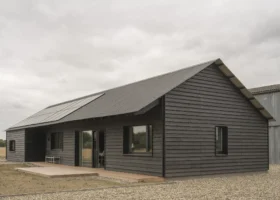
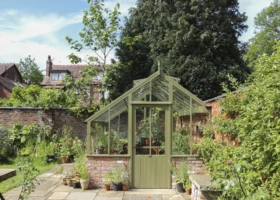


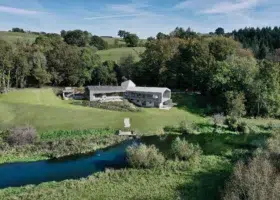
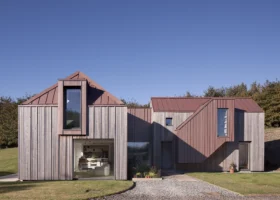
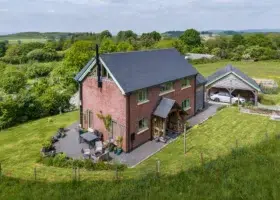
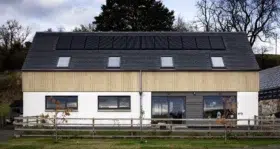


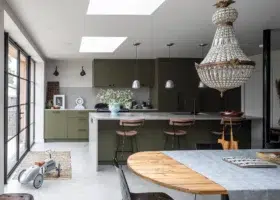
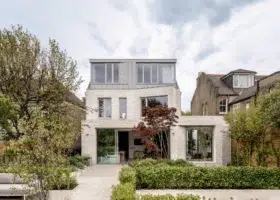
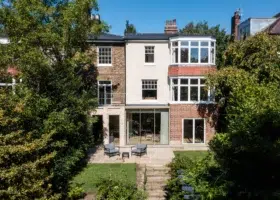
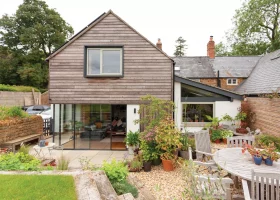





















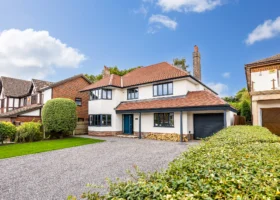
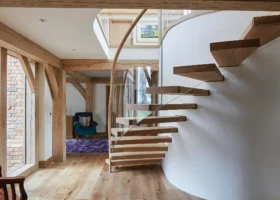






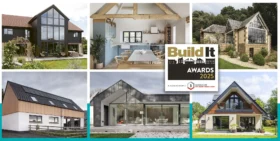





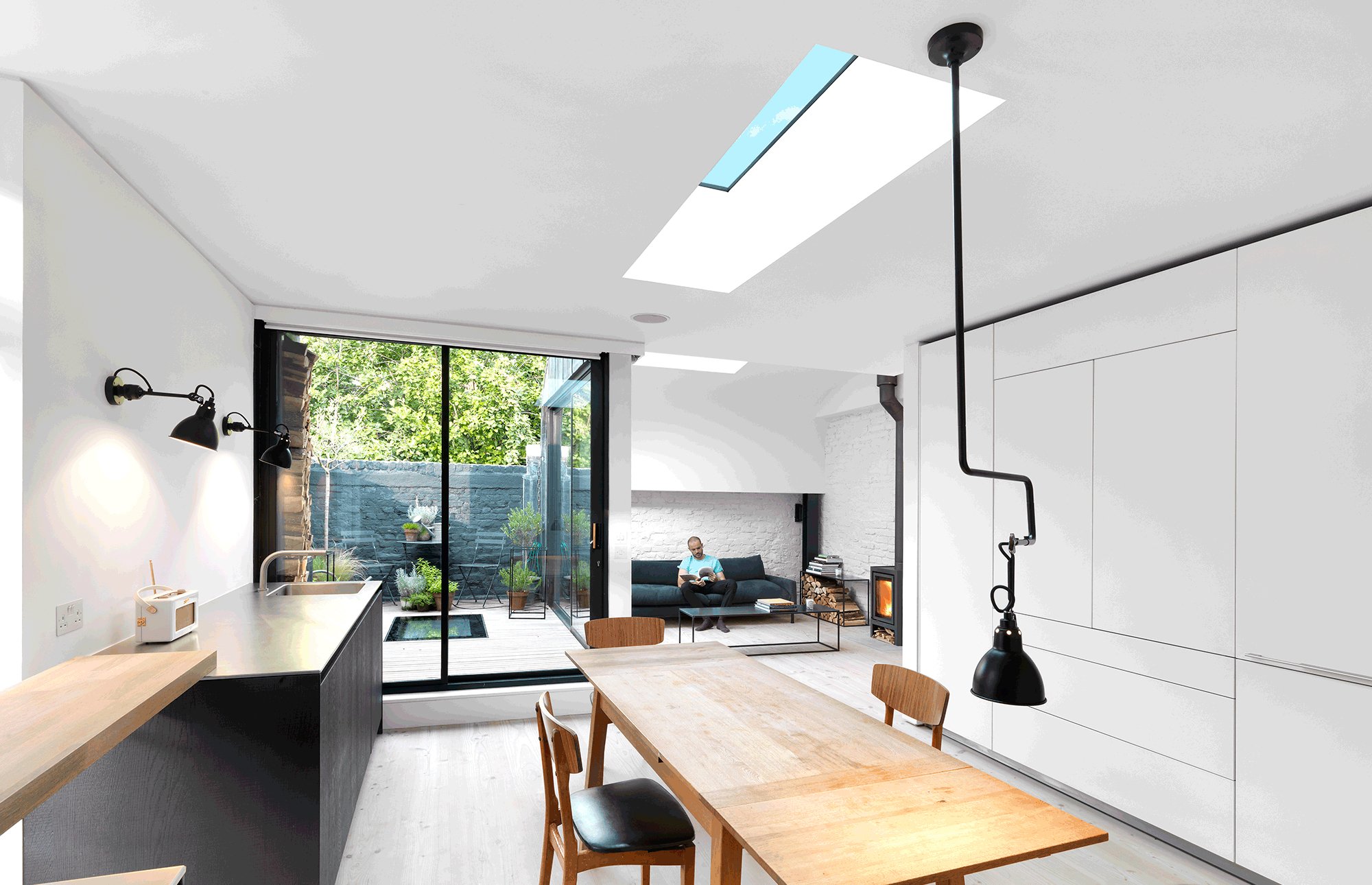
 Login/register to save Article for later
Login/register to save Article for later

